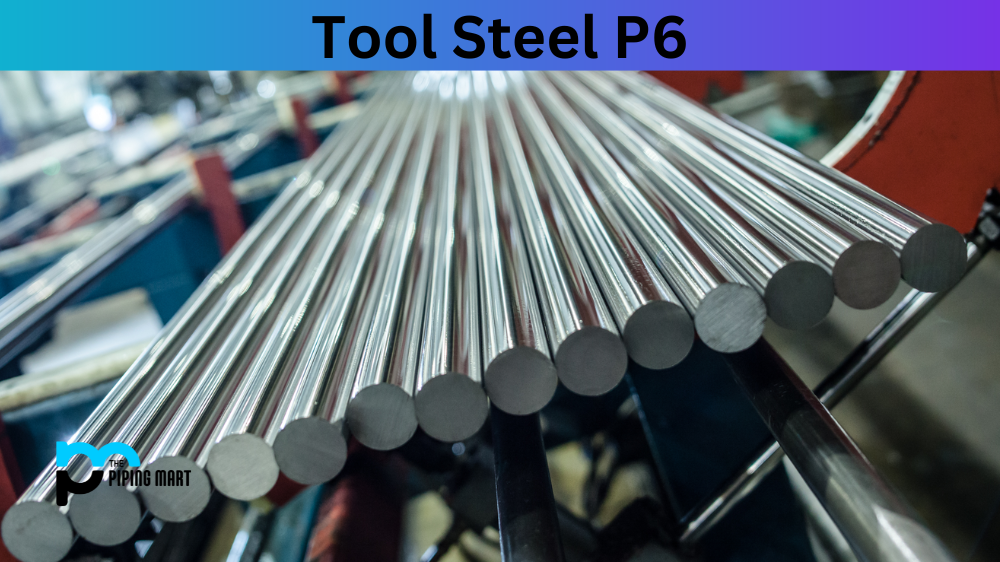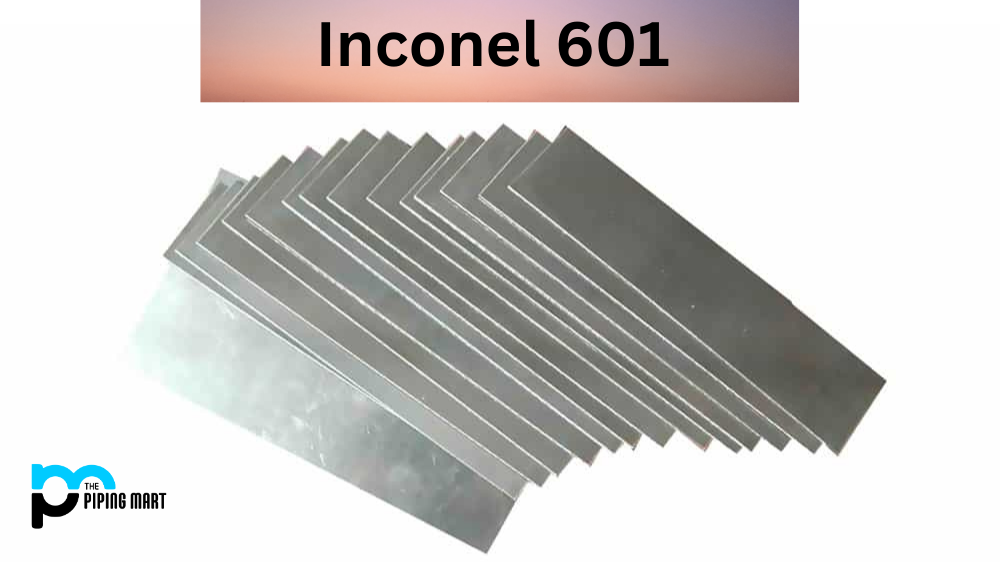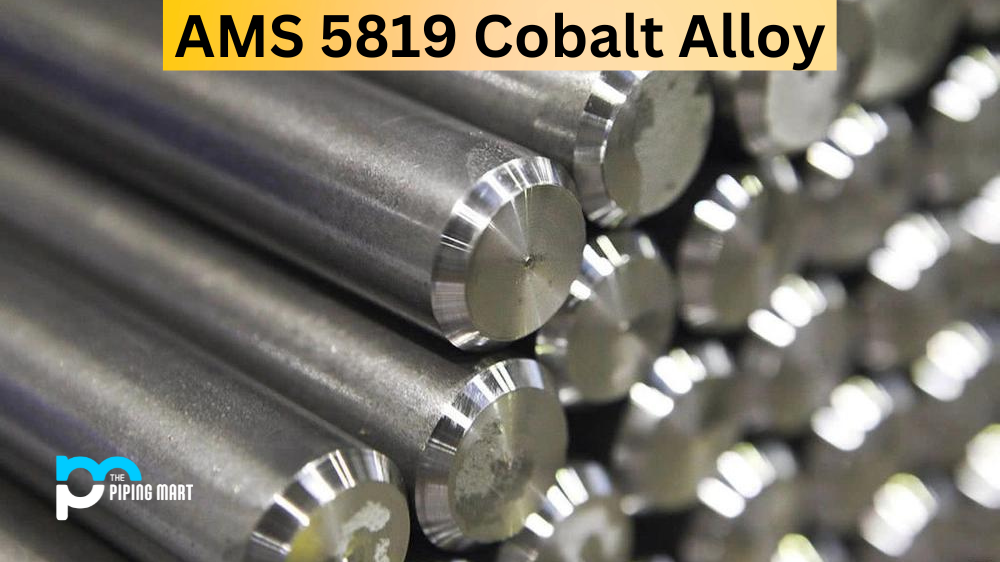Tool Steel P6 is a high-quality steel alloy used in various applications. UNS T51606 is known for its strength and durability, as well as its corrosion resistance and heat resistance. This versatile steel alloy can be heat treated to enhance its properties, making it suitable for a broader range of projects. Read on to learn about P6 Tool Steel and its benefits.
P6 Tool Steel Composition
| Element | Content (%) |
|---|---|
| Fe | 93% |
| C | 0.05-0.15 |
| Mn | 0.35-0.70 |
| Si | 0.10-0.40 |
| Cr | 1.25-1.75 |
| Ni | 3.25-3.75 |
| Cu | 0.25 |
| P | 0.03 |
| S | 0.03 |
P6 Tool Steel Physical Properties
| Properties | Metric | Imperial |
|---|---|---|
| Density | 7.85 g/cm3 | 0.284 lb/in3 |
P6 Tool Steel Mechanical Properties
| Properties | Metric | Imperial |
|---|---|---|
| Hardness, Rockwell C | 58.0-64.0 | 58.0-64.0 |
| Poisson’s ratio | 0.27-0.30 | 0.27-0.30 |
| Elastic modulus | 190-210 GPa | 27557-30457 ksi |
P6 Tool Steel Equivalent
- DIN 1.2735
- ASTM A681
- UNS T51606
P6 Tool Steel Uses
Tool Steel P6 is most commonly used for tooling, dies, and other applications that require strength and durability. It is also often used in high-temperature environments due to its corrosion resistance and heat resistance. Other common uses include shear blades, punches, moulds, rolls, forgings, springs, and machinery components.
Corrosion Resistance
Tool Steel P6 is highly resistant to corrosion due to the presence of chromium in the alloy. Chromium helps form a protective oxide coating when exposed to oxygen or other elements that are present in the environment. This coating helps prevent rust and different types of corrosion from forming on the surface of the steel alloy.
Heat Resistance
In addition to its corrosion resistance, Tool Steel P6 also has excellent heat resistance properties. This means it can withstand higher temperatures without losing its strength or becoming brittle with age. It can also be used in high-temperature environments such as furnaces or boilers without any risk of damage or degradation over time.
Heat Treatment
Tool Steel P6 can be further enhanced by undergoing a process called heat treatment. This involves heating the steel alloy to specific temperatures before cooling it down rapidly to alter its physical properties. Heat treatment can increase the hardness and tensile strength of the steel alloy while improving wear resistance, machinability, and ductility when cooled properly afterwards.
Welding
Welding Tool Steel P6 requires experienced welders trained to use flux core arc welding techniques. This type of steel is known for its hardness and resistance to wear and corrosion, making it ideal for demanding applications such as construction sites or manufacturing facilities. That said, proper welding practice can significantly influence the life of any structure or object made from this steel. To ensure a reliable weldment that is free of defects, choosing an exclusive filler metal – WG625 is recommended. With its low fluorine content, WG625 extends weld performance time while calling for fewer repairs and replacements. Utilizing this material correctly increases productivity in projects involving Tool Steel P6, making it a truly unique choice for welders in the industry.
Conclusion:
Tool Steel P6 offers many benefits for those looking for a reliable material for their application needs. Its corrosion resistance makes it ideal for harsh environments, while its heat resistance makes it perfect for use in high-temperature settings such as furnaces or boilers. Additionally, it can be enhanced through heat treatment processes if desired, which will further improve its mechanical properties, such as hardness or flexibility, depending on how it is treated. Overall, Tool Steel P6 is an excellent choice for a durable material with excellent corrosion and heat resistance properties that can be easily machined or welded if needed!

Abhishek is a seasoned blogger and industry expert, sharing his insights and knowledge on various topics. With his research, Abhishek offers valuable insights and tips for professionals and enthusiasts. Follow him for expert advice on the latest trends and developments in the metal industry.




